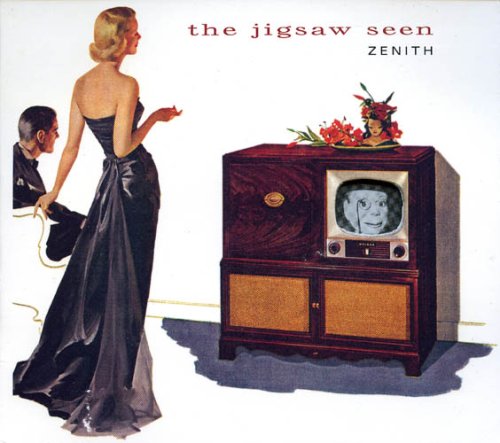
"Imagine a city draped in a blanket of green ... Is this the city you know?"
A Forest in the City looks at the urban forest, starting with a bird's-eye view of the tree canopy, then swooping down to street level, digging deep into the ground, then moving up through a tree's trunk, back into the leaves and branches.
Trees make our cities more beautiful and provide shade but they also fight climate change and pollution, benefit our health and connections to one another, provide food and shelter for wildlife, and much more. Yet city trees face an abundance of problems, such as the abundance of concrete, poor soil and challenging light conditions.
So how can we create a healthy environment for city trees? Urban foresters are trying to create better growing conditions, plant diverse species, and maintain trees as they age. These strategies, and more, reveal that the urban forest is a complex system--A Forest in the City shows readers we are a part of it.
Includes a list of activities to help the urban forest and a glossary.
The ThinkCities series is inspired by the urgency for new approaches to city life as a result of climate change, population growth and increased density. It highlights the challenges and risks cities face, but also offers hope for building resilience, sustainability and quality of life as young people act as advocates for themselves and their communities.
Key Text Features
diagrams
author's note
glossary
sources
definitions
Correlates to the Common Core State Standards in English Language Arts:
CCSS.ELA-LITERACY.RI.4.7
Interpret information presented visually, orally, or quantitatively (e.g., in charts, graphs, diagrams, time lines, animations, or interactive elements on Web pages) and explain how the information contributes to an understanding of the text in which it appears.







